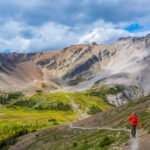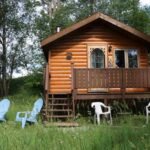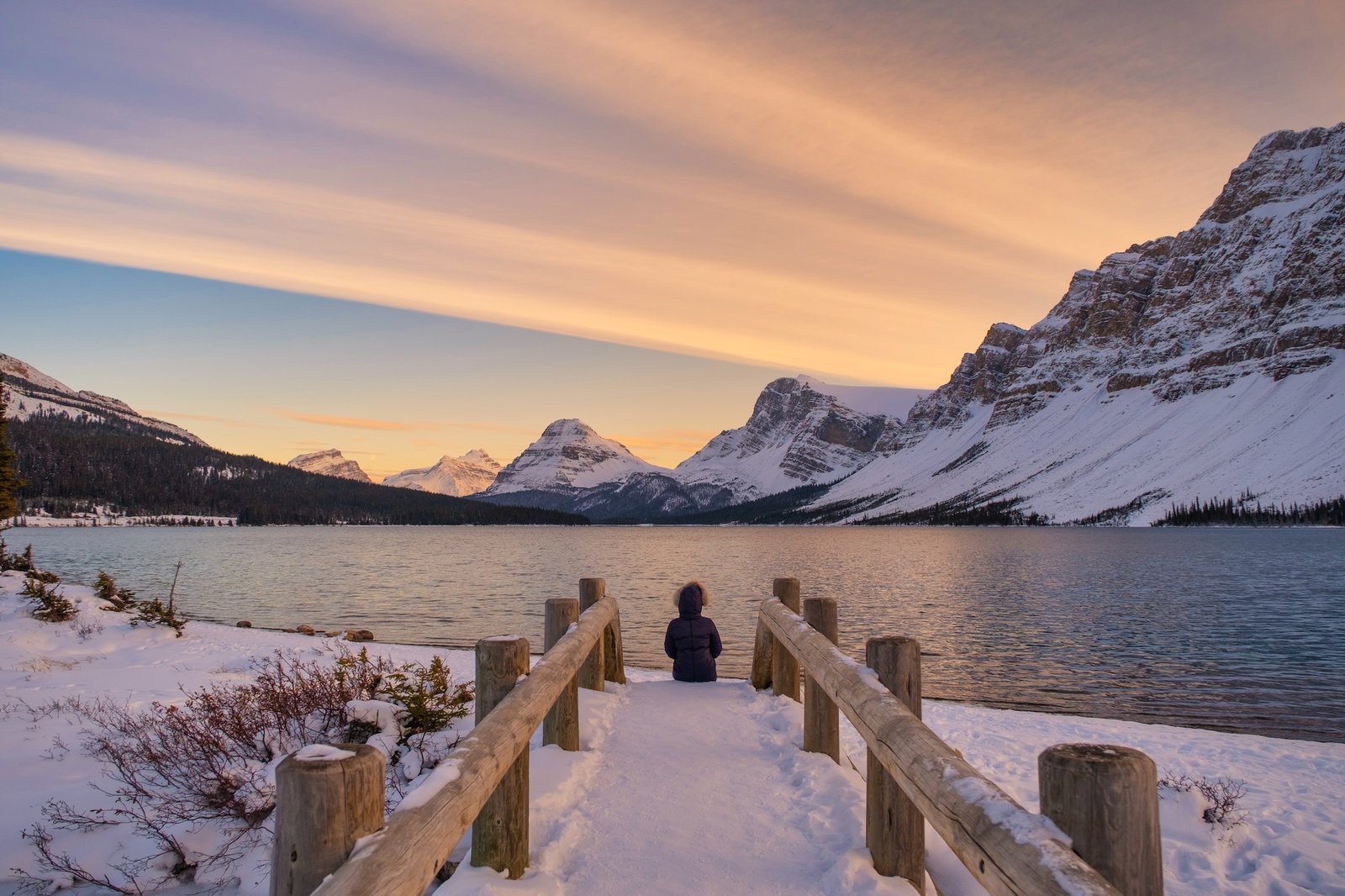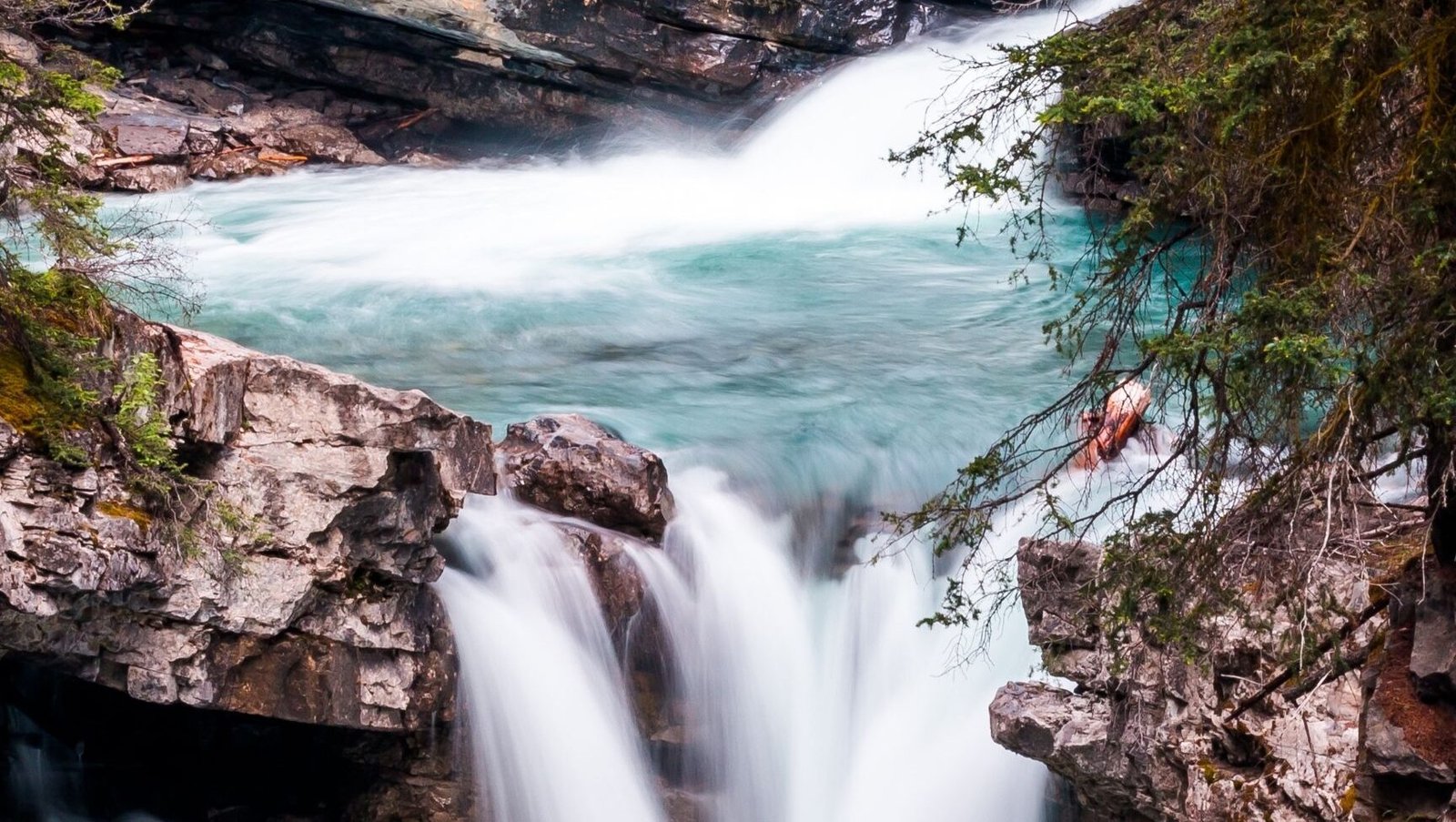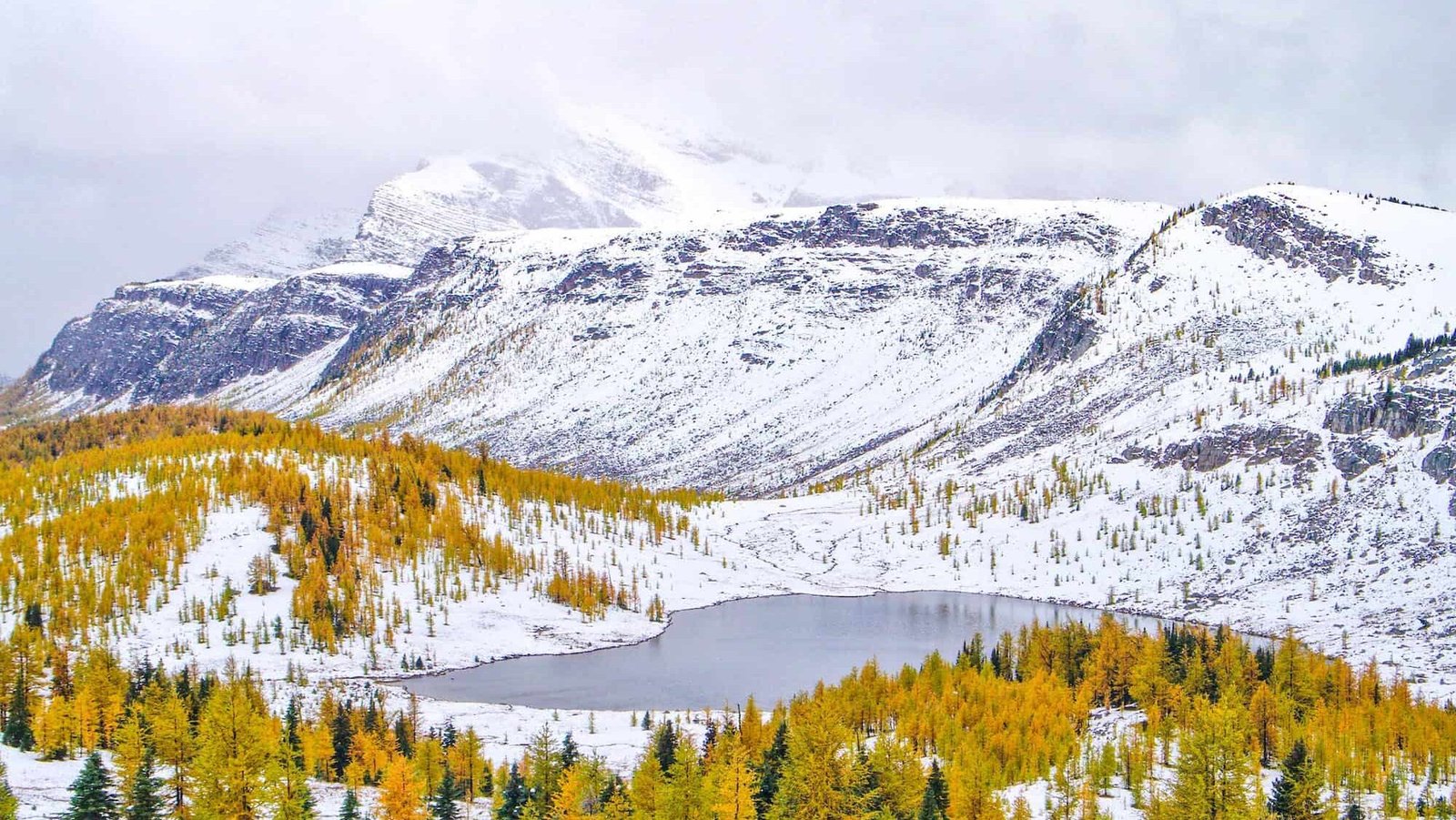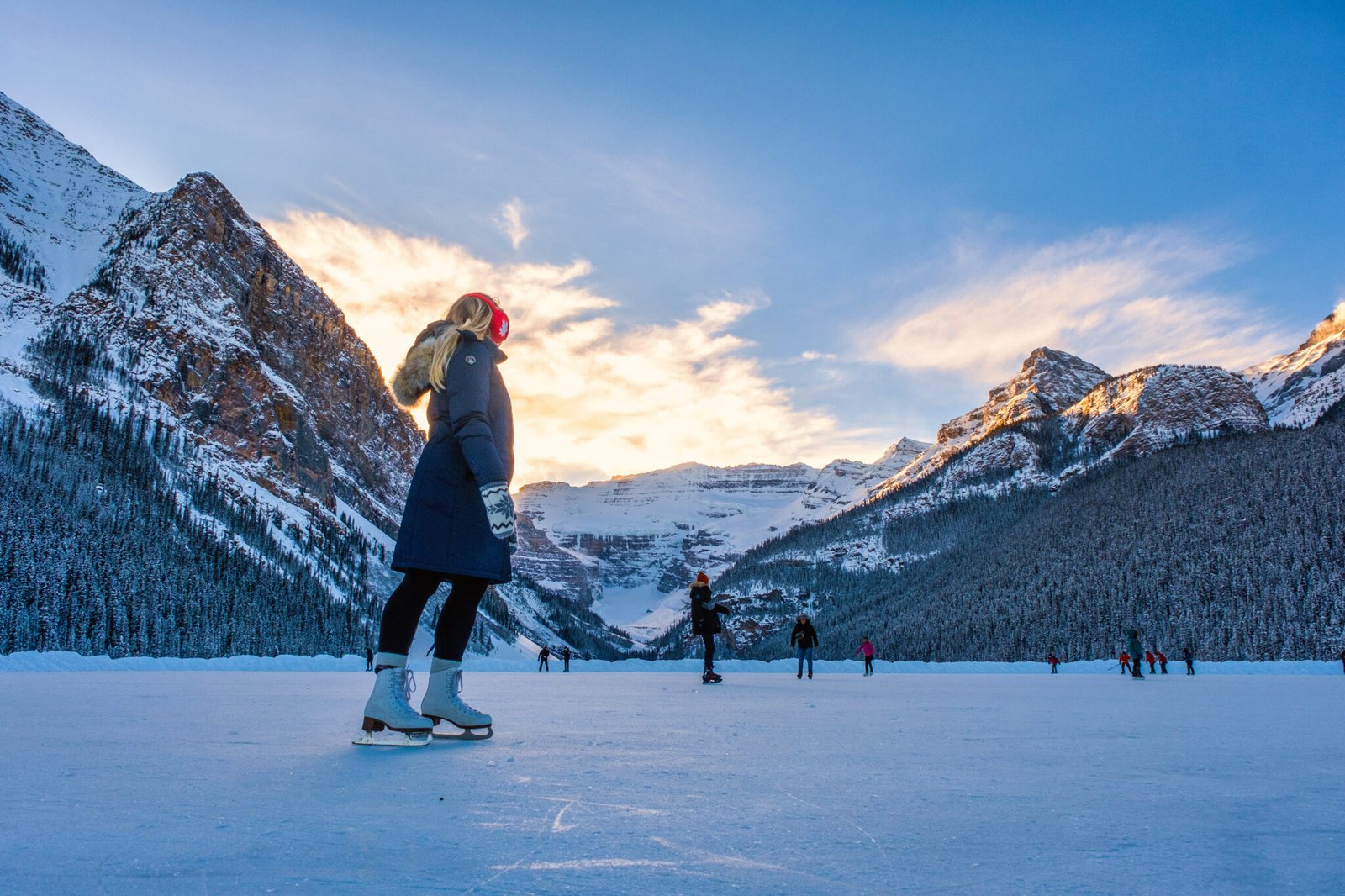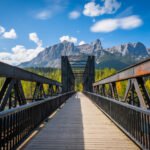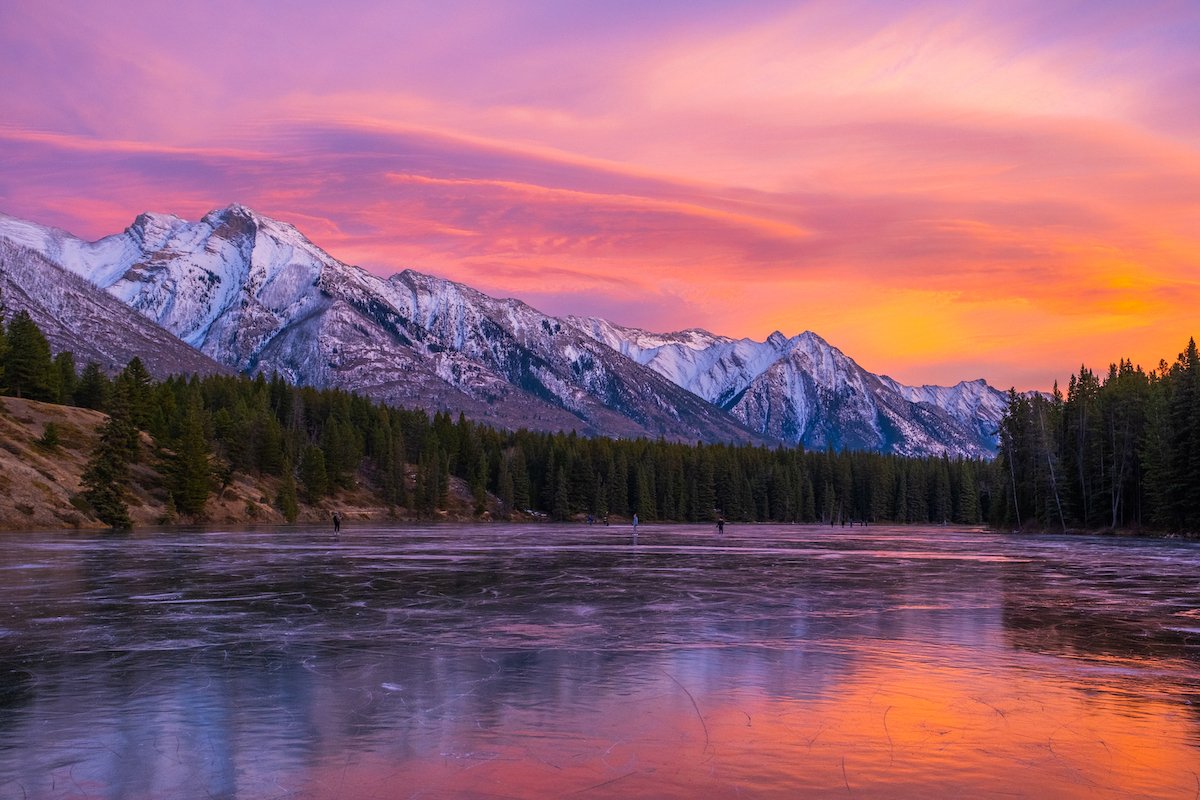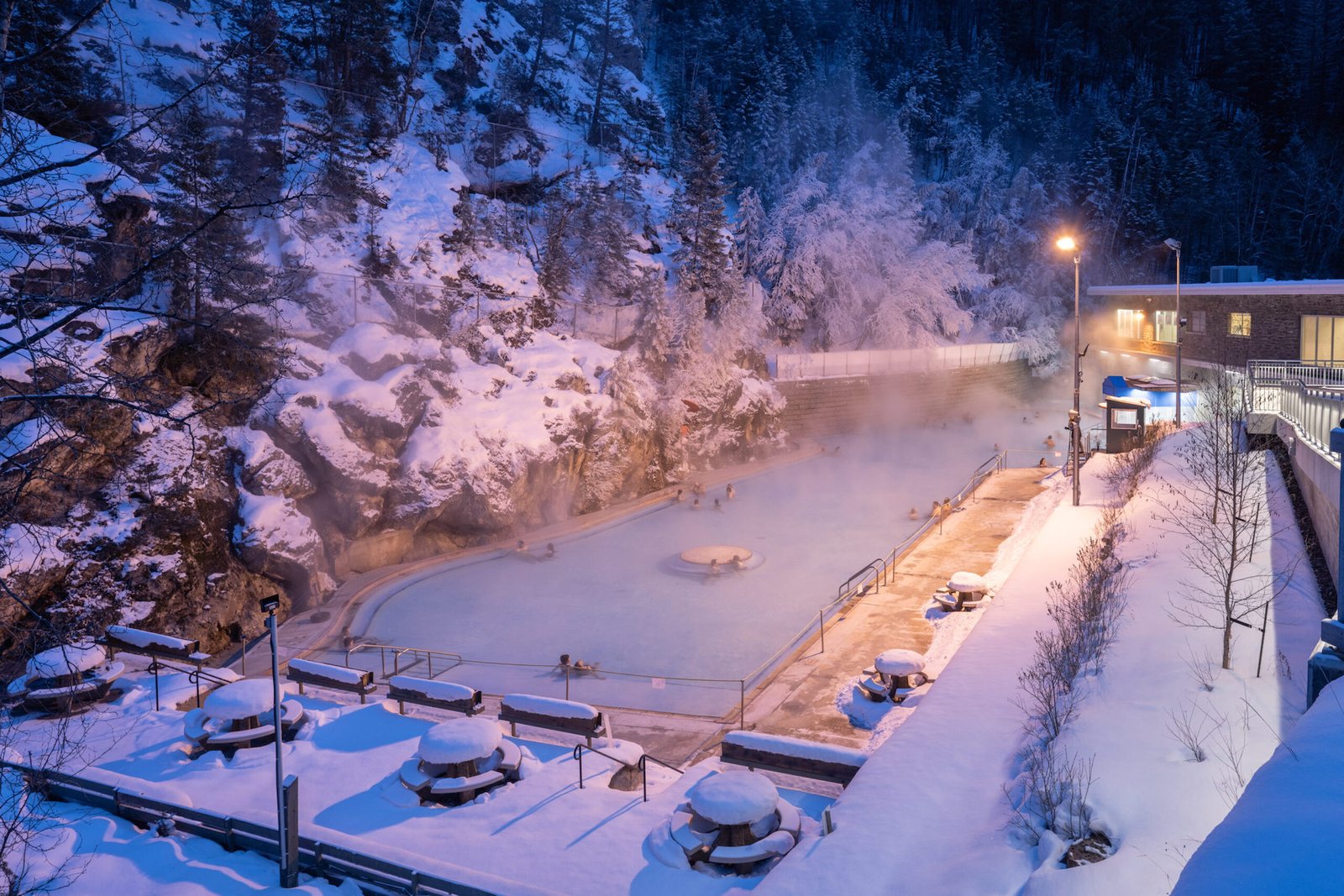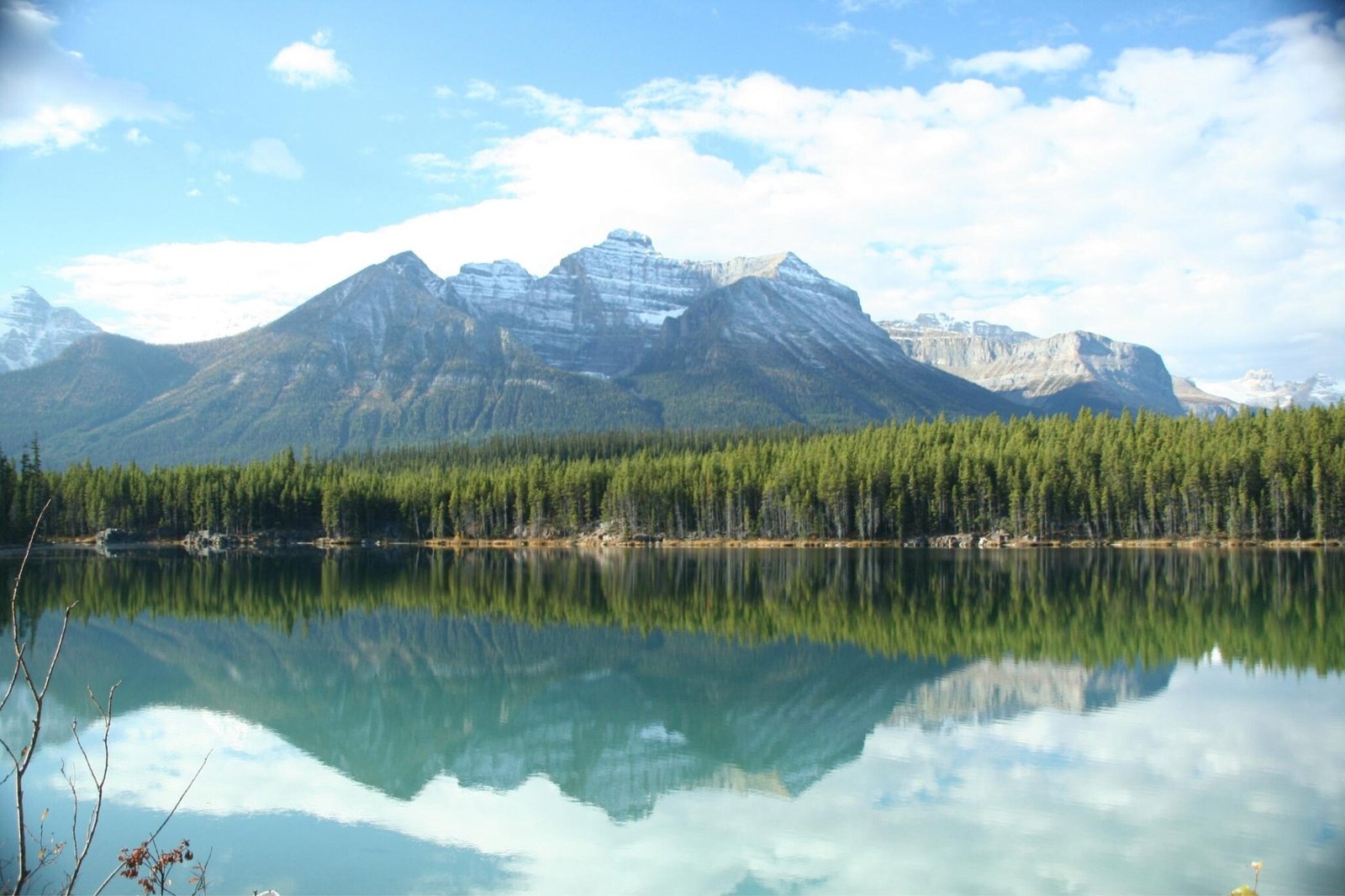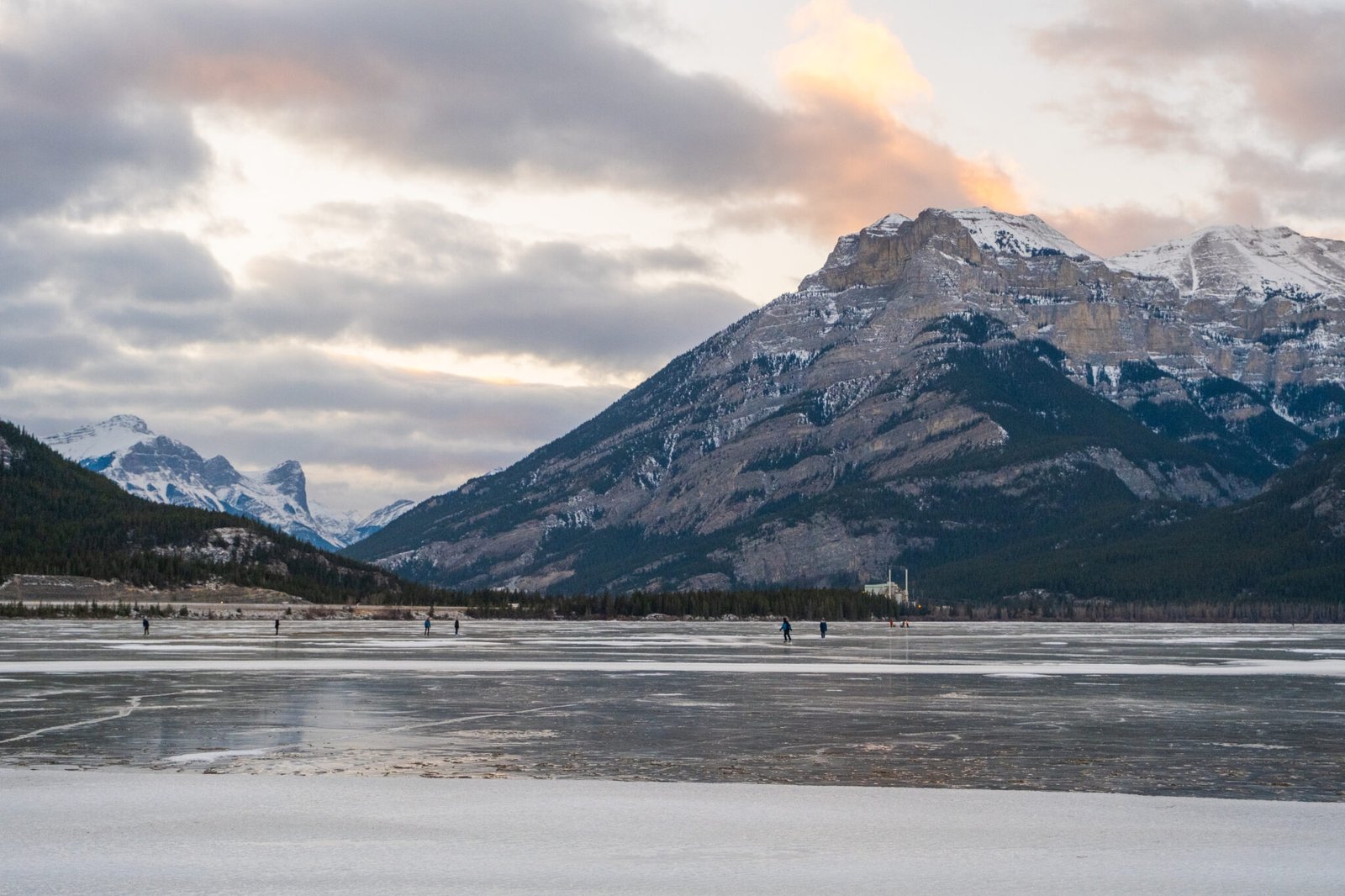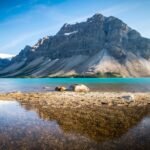In search of interesting Canada facts? If so, you’ve come to the right spot, as we’re going to share some amazing Canada-related facts.
We now call the Canadian Rockies home because we have fallen in love with the nation. We’ve traveled to 85 countries and have yet to witness a location more breathtaking.
Interesting Canada Facts
Monarchies rule Canada.
Indeed, Canada has a monarchy. It is the same as Queen Elizabeth II of the United Kingdom (now King Charles III). This is so because, after having been a colony of the British Empire, Canada is now a part of the British Commonwealth.
Even though Canada attained self-government in 1867, there was still work to be done before it attained true independence.
In Canada, there are two recognized languages.
During Canada’s early years of colonization, Britain wasn’t the only colonial power hungry for power. There was also France, which for a while owned a large portion of North America.
That was short-lived, but French culture and language persisted. The two languages that are most commonly spoken in Canada nowadays are English and French.
Canada is the second-biggest country in the world.
One of those really crucial facts about Canada to be aware of is this! It’s Canada, not China or the USA, as you might have assumed. What is the size of the conversation? 9.98 million square kilometers. Just in case you were wondering, Russia is the largest, of course.
The world’s longest coastline is found in Canada.
This is just one of the many reasons to travel to Canada! A map of Canada, have you seen one? Where the land ends, all those islands and ragged, uneven lines? That kind of activity is quite prevalent. With a total length of over 125,500 miles, it makes up the world’s longest coastline. Another one of my favorite facts about Canada is this one!
The longest international border is likewise in Canada.
The United States is the only land neighbor of this enormous country, and given their respective sizes, you can anticipate that their border will be expansive as well. At 5,525 miles, it’s the longest border—well, the southern border—between two countries.
One of the original words for Canada is indigenous.
And that word is kanata, which in the language of the St. Lawrence Iroquoians means “village” or “settlement.” Sadly, during conflicts with the Mohawk, who at the time sought a monopoly on trade with Europeans, these indigenous people vanished in the sixteenth century.
Canada was not originally settled by Europeans, just the French and British.
The Vikings were the ones. Specifically, the expedition was led by Leif Erikson circa AD 1000; he was the grandson of a Viking from Norway banished to Iceland for “some killings.”
The Vikings called their settlement in Newfoundland, “Vinland,” after the vines there, which allowed them to make excellent wine, it seems. Although it was short-lived, it had a significant effect on the indigenous Inuit population at the time as well as the Icelandic Sagas.
Working for the English, an Italian was the next to claim Canada.
In 1497, Giovanni Cabotto, also known as Zuan Chabotto, a Venetian explorer, was commissioned by King Henry VII of England to explore Canada’s Atlantic coast. It was his to claim for England.
After returning to England, Sebastian, his son, carried on his exploration of North America and discovered Henry VIII was the new monarch. He had no interest at all in exploring.
The “Beaver Wars” were a conflict that took place in Canada.
No, it was actually there. Nevertheless, in spite of its moniker, it was a very violent war, ranked among the bloodiest in North American history. Essentially, the Iroquians sought assistance from England in the 17th century in their attempt to control the fur trade in the area. Rival countries turned to France for assistance. Bloodshed that resulted in a standoff was the outcome.
Actually, beavers are Canada’s national animal.
With all the fur traders, trappers, and conflicts over who would be the fur king of the area, it had a significant impact on Canadian history. Moreover, the poor beavers themselves are on the verge of going extinct due to hunting! At least they were designated as Canada’s national animal in 1975. They’re also on the nickel in Canada.
Numerous well-known Canadians reside in the United States.
Keanu Reeves, Jim Carey, Neil Young, Celine Dion, Justin Bieber, Michael Buble, Alanis Morisette, Seth Rogan, Mike Myers, Neil Young, and Drake One could continue with the list. In summary, a large number of Canadians have influenced popular culture as it exists today!
-63°C is the lowest temperature ever recorded in Canada.
A fascinating and chilly fun fact about Canada. Canada experiences colder winters than your home country does. It’s true that the temperature there is the lowest that Canada has ever recorded.
That was indeed -63°C (-81.4°F) in Snag, Yukon. Eureka, Nunavut, has the lowest average annual temperature in Canada, -19.7 °C (-3.5 °F), year-round. Whoa.
The only walled city in North America is Quebec.
Unbeknownst to most people, Canada is home to the only walled city on the continent—that is, the one north of Mexico. Indeed, the city walls of Quebec were constructed during the 17th century. The walls were then improved upon when the city was taken by British forces. They are currently a UNESCO World Heritage site and have been preserved fairly well.
Loonies and Toonies
This is one of the most entertaining facts about Canada! First, there is the $1CAD coin known as the “loonie.” This one is ours because one side of the coin features a picture of a loon, which is a type of duck (or, if you’re being picky, a waterfowl). The “toonie,” which we receive less of, is another. Since it’s a two-dollar coin, we assume it’s a “toonie,” similar to a “two-nie.” An extreme case of puns.
Thanksgiving is celebrated differently in Canada than it is in the US.
Yes, it’s true that not every Thanksgiving is the same. In Canada, Thanksgiving is observed in mid-October rather than late November as it is in the United States. In addition, Canadian cuisine differs from American cuisine in several ways.
Canada boasts one of the highest rates of immigration globally.
Another reason to be extremely proud to be Canadian. This is being done to bring families back together, boost the economy, encourage population growth, and so forth. The population of Canada increased by more than 5,000,000 between 1990 and 2008. Unknown to most people, Canada hosts about 10% of all refugees who are resettled worldwide each year.
In Canada, language is more than just English and French.
Many other languages are spoken in Canada as a result of the large immigration wave. Chinese speakers number well over 1.2 million, followed by about 500,000 Punjabi speakers, and hundreds of thousands of speakers of German, Italian, Tagalog, Spanish, and Arabic.
In addition, there are eleven distinct indigenous language groups, each of which can further subdivide into sixty-five distinct languages, including Inuktitut.
The Northwest Territories recognizes 11 official languages
It may be the only political division in the world with such a large number of recognized official languages. We’ll enumerate them here for your perusal: Gwich’in, Cree, North and South Slavey, Chipewyan/Dené, Inuvialuktun, Tłįchɫ Inuktitut, Inuinnaqtun, English, and French.
Canada would only rank as the fourth-largest nation in the world if its lakes were eliminated.
The fact that lakes cover a large portion of Canada is a fairly basic fact about this nation. In actuality, it has the world’s largest concentration of freshwater. Remember that Canada is home to a large portion of the Great Lakes, which include Superior, Michigan, Huron, Erie, and Ontario, as well as numerous stunning lakes in Alberta.
